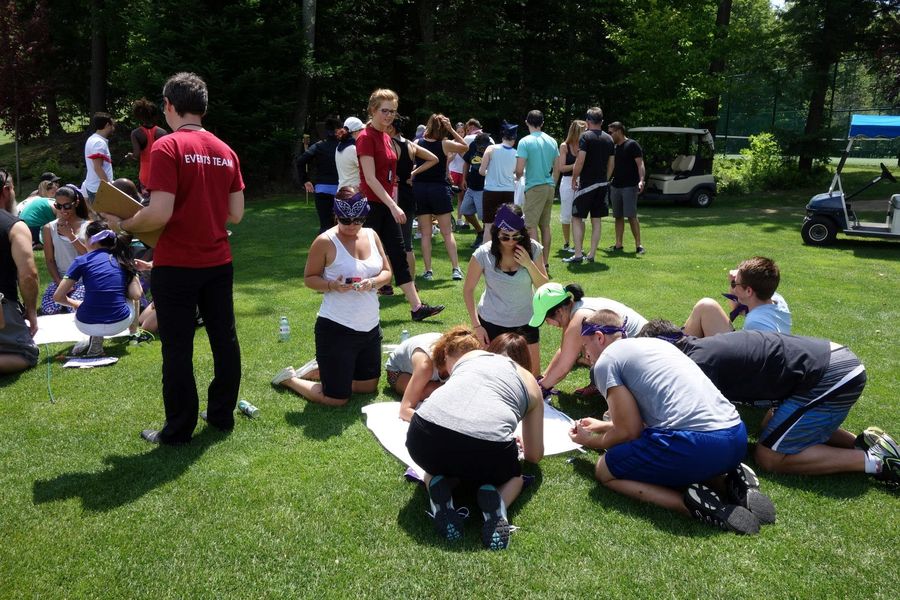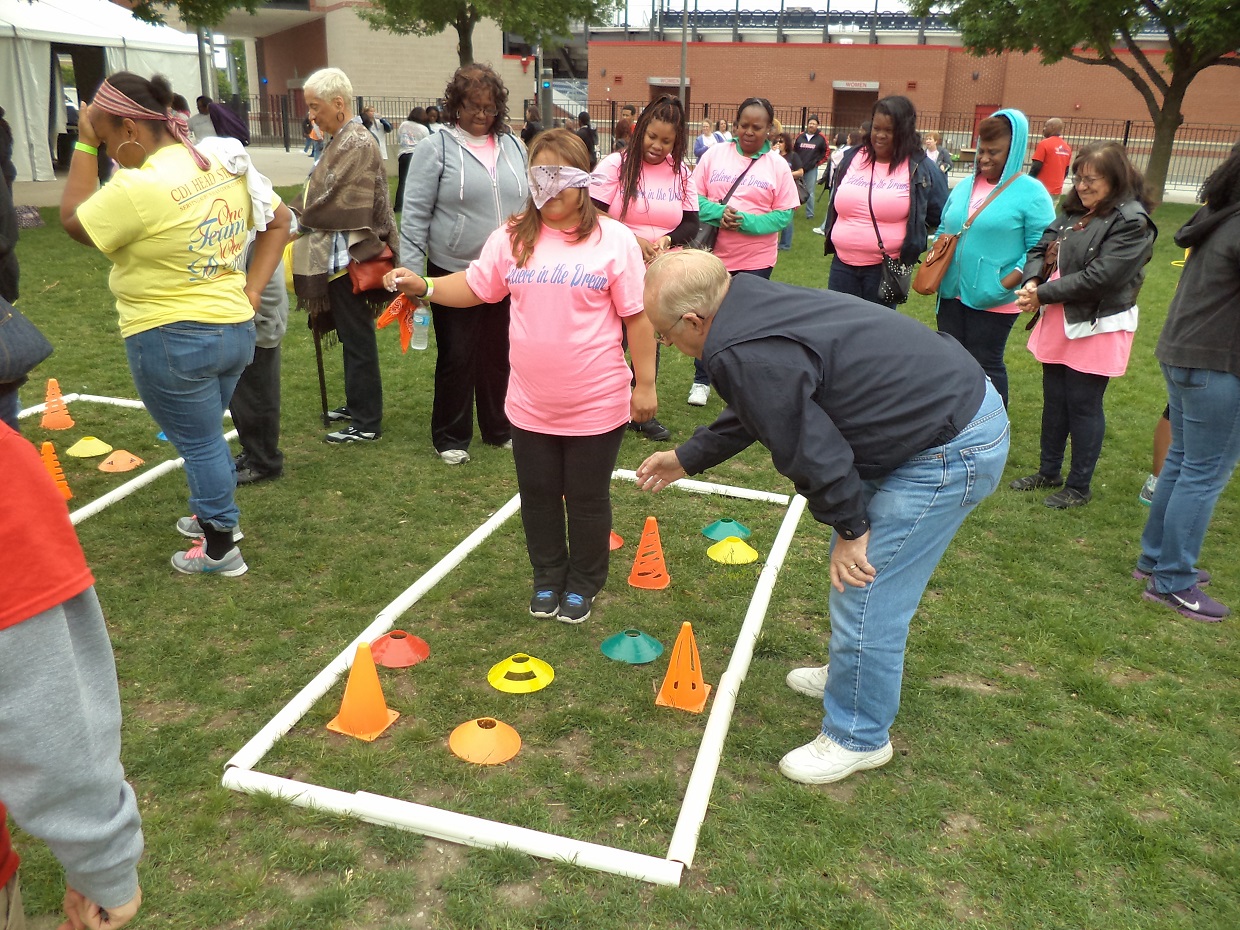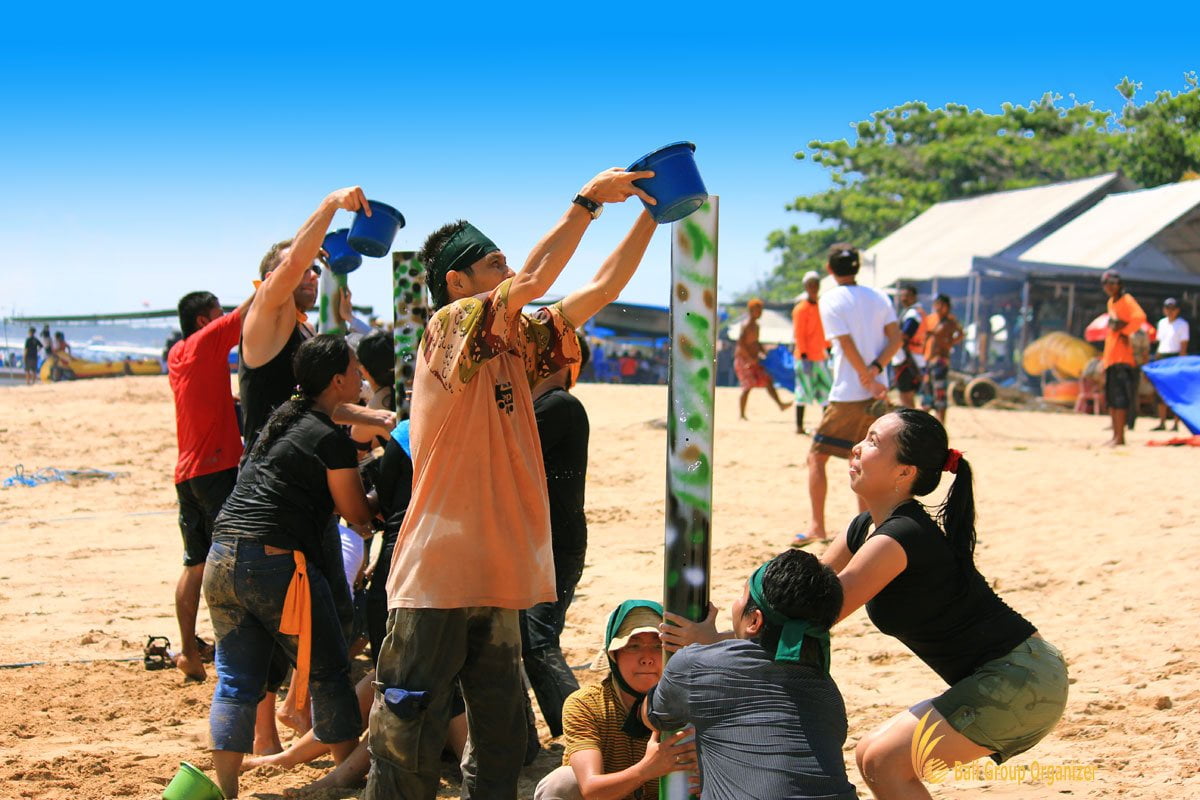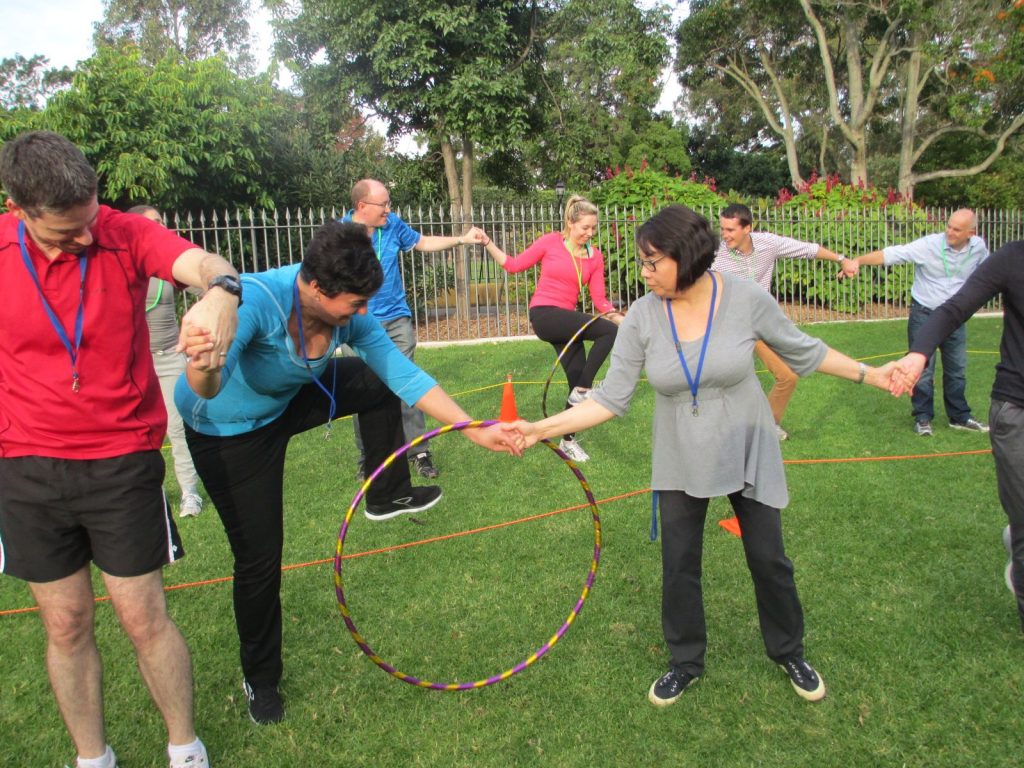I. Introduction
In today’s fast-paced and competitive business world, effective teamwork and collaboration are more important than ever. Team building plays a crucial role in enhancing communication, fostering collaboration, and increasing productivity within teams. While there are various methods and strategies for team building, outdoor activities have proven to be highly effective in creating a positive and supportive team environment.
II. Benefits of Outdoor Team Building Activities
Engaging in outdoor team building activities offers a wide range of benefits that contribute to team growth and development.
A. Promoting Communication and Collaboration
Outdoor activities are particularly effective in breaking down barriers and encouraging open communication among team members. The casual and relaxed environment outside of the office setting allows team members to interact in a more informal and authentic manner. This, in turn, promotes a sense of trust and rapport among team members, enabling them to communicate more openly and effectively.
Furthermore, outdoor team building activities provide ample opportunities for problem-solving and decision-making. Working together in challenging or unfamiliar situations fosters collaboration and encourages team members to combine their strengths and expertise to find creative solutions. This enhances individuals’ problem-solving skills and ability to make informed decisions as a cohesive team.
B. Boosting Team Morale and Motivation

Engaging in outdoor activities also has a profound impact on team morale and motivation. Stepping away from the office environment and immersing in nature or exciting outdoor challenges creates a sense of excitement and adventure. The change of scenery and the break from routine reinvigorate team members and provide a fresh perspective.
Outdoor team building activities serve as a platform for strengthening interpersonal relationships and building a strong team spirit. Through shared experiences and challenges, team members develop a greater understanding and appreciation for each other’s strengths and abilities. This fosters a supportive and collaborative atmosphere, where individuals feel motivated to contribute their best. The shared memories and bonding experiences created during outdoor activities also help create a positive team culture and a sense of belonging.
III. Different Types of Outdoor Team Building Activities
In today’s fast-paced and technology-driven world, outdoor team building activities have become increasingly important. They provide an opportunity for team members to break away from the office environment and connect with each other in a different setting. In this article, we will explore different types of outdoor team building activities and how they can benefit teams.
A. Adventure-based Activities

Adventure-based activities are designed to challenge teams both physically and mentally. They often involve tasks that require teamwork, problem-solving, and communication skills. Some popular adventure-based activities include:
- High ropes courses and obstacle courses: These activities involve traversing through high ropes or overcoming various physical obstacles. They require trust, teamwork, and effective communication to ensure everyone’s safety and success.
- Wilderness survival and orienteering activities: These activities simulate survival situations in the wilderness. Team members must work together to find their way, build shelters, and gather food and water. This fosters problem-solving, decision-making, and leadership skills.
- Team expeditions and outdoor challenges: These activities involve teams working together to complete a specific task or reach a common goal. Examples include mountain climbing, canyoneering, or white-water rafting. They promote teamwork, trust, and resilience.
B. Sports and Recreation
Sports and recreation activities are a fun and engaging way to build teamwork and camaraderie among team members. They encourage friendly competition and physical activity. Some examples of sports and recreation activities include:
- Outdoor sports tournaments: Organizing outdoor sports tournaments allows teams to compete against each other in a friendly and supportive environment. Sports such as basketball, soccer, and volleyball are popular choices.
- Mini-games and relay races: These activities involve splitting the team into smaller groups to compete in a series of fun and interactive games. They promote teamwork, communication, and problem-solving skills.
- Group hikes or nature walks: Exploring the outdoors together is a great way for team members to bond and connect with nature. It provides an opportunity for conversations, relaxation, and shared experiences.
C. Problem-solving and Creative Activities

Problem-solving and creative activities require teams to utilize their critical thinking, creativity, and communication skills. They encourage brainstorming, collaboration, and resourcefulness. Some examples of problem-solving and creative activities include:
- Scavenger hunts or treasure hunts: These activities involve teams deciphering clues and solving puzzles to find hidden treasures or complete specific tasks. They promote problem-solving, communication, and collaboration.
- Outdoor puzzles and escape room challenges: Similar to indoor escape rooms, outdoor escape room challenges require teams to solve puzzles and riddles to unlock clues and complete the challenge. They foster critical thinking, teamwork, and decision-making skills.
- Outdoor art projects or team building games: Engaging in creative activities such as painting, sculpture, or building structures using outdoor materials can spark creativity and encourage collaboration and communication.
IV. Designing Effective Outdoor Team Building Activities
A. Identifying Goals and Objectives
When planning outdoor team building activities, it is important to start by identifying the goals and objectives of the team. This will help ensure that the activities chosen are aligned with the team’s needs and will promote the development of specific skills or attributes.
To assess the team’s strengths, weaknesses, and areas for improvement, it can be helpful to conduct a team assessment or survey. This will provide valuable insights into the dynamics of the team and help identify areas that need attention or improvement.
Once the team’s needs have been identified, it is important to set clear objectives for the team building activities. These objectives should be specific, measurable, achievable, relevant, and time-bound (SMART). For example, if the team needs to improve communication skills, the objective could be to enhance listening and speaking skills during the outdoor activities.
B. Tailoring Activities to the Team’s Needs

After identifying the goals and objectives, it is crucial to choose activities that are tailored to the specific needs of the team. This will ensure that the activities are impactful and address the areas for improvement.
When selecting activities, it is important to consider the preferences and goals of the team members. For example, if the team enjoys sports and physical challenges, outdoor sports tournaments like basketball or soccer can be included. On the other hand, if the team prefers problem-solving activities, scavenger hunts or treasure hunts can be incorporated.
In addition, it is important to consider the physical abilities and comfort levels of team members. Outdoor activities should be designed in a way that allows all team members to participate and contribute. It is important to ensure that the activities are inclusive and accommodate any physical limitations or disabilities.
Furthermore, incorporating activities that cater to different learning styles and personalities can enhance the effectiveness of the team building activities. Some team members may learn better through hands-on experiences, while others may prefer discussions or visual presentations. By offering a variety of activities, team members can engage in ways that suit their individual learning preferences.
C. Facilitating Reflection and Debriefing
To maximize the impact of outdoor team building activities, it is essential to provide time for team members to reflect on the activity and its lessons. This reflection allows team members to process their experiences, extract key insights, and understand the relevance of the activities to the workplace.
Debriefing sessions should be facilitated after each activity to encourage open and honest discussions. During these sessions, team members can share their challenges, successes, and new insights. This will help identify areas for improvement and reinforce the lessons learned during the activities.
To promote active participation in debriefing sessions, it can be helpful to ask thought-provoking questions. For example, team members can be asked to share their biggest takeaways from the activity, how they applied their problem-solving skills, or how they collaborated effectively with their teammates. This encourages critical thinking and helps team members understand how the lessons learned can be transferred to their work environment.
Furthermore, it is important to encourage team members to take away actionable strategies for workplace collaboration. This can be done by summarizing the key lessons learned and discussing how they can be applied in the workplace. By providing practical applications, team members can immediately implement the strategies and reinforce the positive outcomes of the team building activities.
In conclusion, designing effective outdoor team building activities requires careful consideration of the team’s goals, preferences, and needs. By identifying goals and objectives, tailoring activities, and facilitating reflection and debriefing, team building activities can foster a positive and productive work environment.



